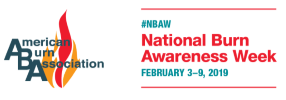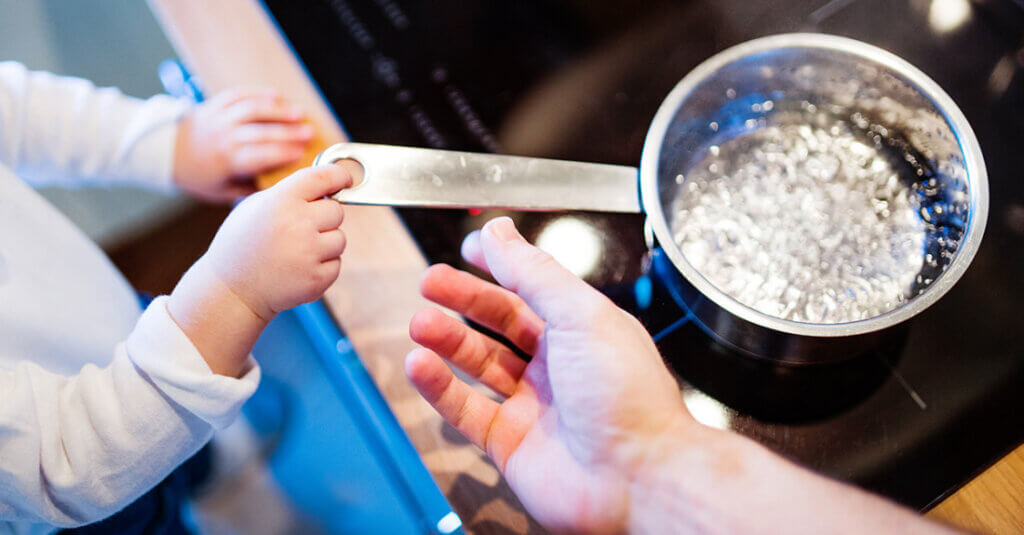
The America Burn Association (ABA) is recognizing National Burn Awareness Week February 3-9, 2019. The annual event provides an opportunity for organizations to mobilize burn, fire and life safety educators to unite in sharing a common burn awareness and prevention message in our communities. This year, the focus is on scald burns, which are seen most frequently in children and older adults.
The average annual cost of scald injuries in the United States is $44 million. Babies and older adults have thinner skin and are at higher risk for deeper burns at lower temperatures with shorter exposure times. More than 136,000 children were seen in our hospital emergency departments as a result of burn injuries in 2011. Sadly, 1,100 children die each year from fire and burns. Below are some easy everyday measures we can all take to reduce those numbers:

- Establish a “No Kids Zone” in the kitchen and make sure safe play areas are out of the traffic path between the stove and sink.
- Hot liquids, such as coffee, create a high-risk for causing immediate severe scald burns. Be sure to put a lid on your coffee or tea and never place hot liquids on low tables within reach for a young child.
- Keep all pot handles turned back, away from the stove to avoid curious fingers.
- Always use oven mitts or potholders when moving pots of hot liquid or hot food.
- Never hold hot liquids when carrying a child.
- Steam reaching temperatures greater than 200°F builds rapidly in covered containers. When removing lids from hot foods, lift the cover or lid away from your face and arms to avoid burns from steam contact.
- Microwaved foods and liquids may reach temperatures greater than boiling without the appearance of bubbling. The heated foods and liquids may have very high temperatures that can cause scald burns from spills, steam and splashes.
- Steam in popcorn bags is hotter than 180°F and can burn you in less than a second. Allow the bag to sit for at least a minute before opening it away from your face.
- Avoid using tablecloths, which can become tangled in crutches, walkers or wheelchairs, causing hot liquids to spill off the table.
- When filling a bath, run cool water first and then add hot water. Then turn hot water off first. Test the temperature of the water in the bathtub with your elbow or hand with spread fingers. The water should feel warm, NOT hot to touch.
- Supervision is the single most important factor in preventing tap water scalds. Never leave the bathroom while bathing a child.
- Water pressure may fluctuate due to running water in other parts of the home so avoid flushing toilets, running water, or using the dishwasher or washing machine while someone is showering to prevent sudden surges of scalding water.
The proportion of burn center admissions due to scald burns has continued to increase over the past ten years. A recent national survey revealed almost half of respondents did not believe that burns were a serious danger in their home, despite the fact that 75 percent reported that they or a family member had suffered a burn injury at home. We can reduce and reverse the increasing number of scald burn injuries if we take the time to survey our home environments, plan ahead and take the above simple safety measures.
